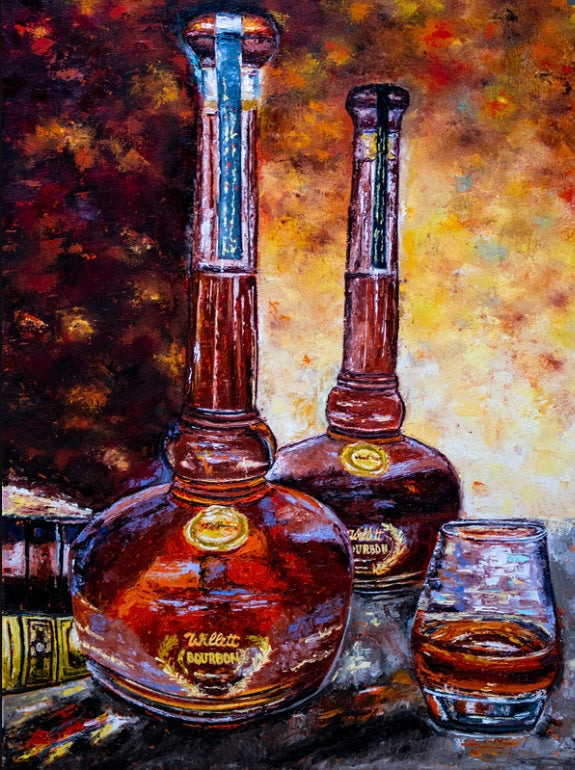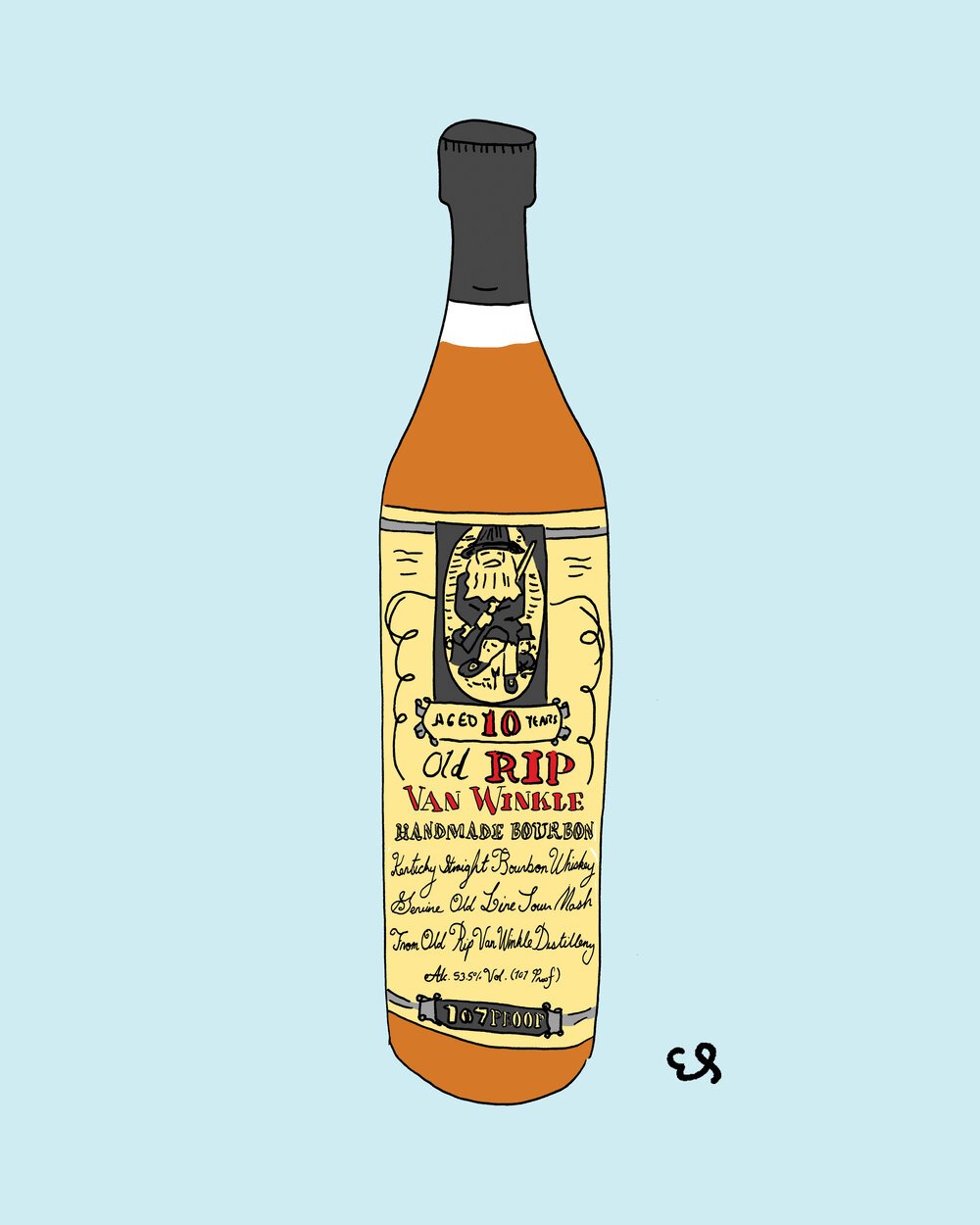The Allure of Realism Art: A Deep Dive into Whiskey's Rich Heritage
The Allure of Realism Art: A Deep Dive into Whiskey's Rich Heritage
Blog Article
The Significance of Whiskey Art in Celebrating Heritage and Craftsmanship in the Beverage Industry
The complex relationship in between scotch art and the celebration of heritage and workmanship within the beverage sector can not be overstated. Via thoughtfully designed containers and labels, bourbon brands envelop their historical origins and the artisanal skills that specify their production approaches.
The Historical Origins of Whiskey
At the heart of scotch's allure lies an abundant tapestry of historical origins that trace back to ancient human beings. The origins of bourbon can be linked to the purification techniques of the Sumerians and Babylonians around 2000 BCE, where early kinds of fermented grain beverages began to arise. It was in the Center Ages that the art of purification evolved substantially, specifically in Ireland and Scotland, leading to the creation of scotch as we recognize it today.
The term "bourbon" itself derives from the Gaelic word "uisce beatha," indicating "water of life." This expression underscores the cultural importance of scotch in Celtic cultures, where it was often connected with routines, parties, and public bonding. By the 15th century, distillation became an acknowledged craft within monastic areas, paving the means for the establishment of legal distilleries.
As profession courses expanded, bourbon's popularity grew, going beyond regional limits and recording the rate of interest of lovers worldwide. Bourbon Art. This historic trip shows not just the workmanship behind bourbon manufacturing yet additionally its indispensable duty in social and cultural contexts, noting it as a substantial drink throughout background
Artistic Expression in Branding
Scotch branding stands as an engaging crossway of creativity and commerce, where visual identity plays an essential role in shaping customer assumption. The visual appeals of whiskey tags, product packaging, and advertising and marketing products show not only the brand name's tale however likewise its core values and heritage. Via imaginative expression, distilleries communicate a narrative that resonates with customers, stimulating emotions and sparking links.
Using shade, typography, and imagery in branding offers to distinguish products in a saturated market. Traditional themes might evoke a feeling of authenticity and workmanship, while modern layouts can represent technology and forward-thinking. This tactical imaginative direction boosts brand recognition and commitment, allowing customers to forge a personal partnership with the whiskey they select.
Moreover, creative expression in branding usually functions as a party of local heritage. Distilleries frequently integrate neighborhood symbols or historical referrals into their designs, producing a feeling of place that invites customers to partake in a wider social experience. Inevitably, the artistry behind whiskey branding not only boosts aesthetic appeal but likewise enhances the total story of the brand, fostering a deeper recognition for the workmanship and heritage ingrained in each container.
Craftsmanship in Bottle Design
The creativity obvious in scotch branding expands past aesthetic identification to encompass the craftsmanship involved in bottle design. Each bottle acts as a vessel not just for the spirit within, however likewise for the tale it outlines its beginning, practice, and quality. The style process calls for meticulous attention to information, as components such as shape, closure, and product contribute dramatically to the overall perception of the whiskey.
Workmanship in container style includes selecting top quality glass that can enhance the bourbon's shade and clearness, while also providing a responsive experience for the consumer. The silhouette of the container need to be both practical and aesthetically appealing, often mirroring the heritage of the brand. Many distilleries go with special shapes or printed logos that stimulate a feeling of authenticity and background.
Furthermore, the tag style and typography play an important role in connecting the brand's story. Whiskey Art. A well-crafted container not only astounds the consumer's eye yet likewise reinforces the brand name's commitment to high quality and tradition. This way, the craftsmanship of container design ends up being a vital element of the whiskey experience, merging virtuosity with a profound regard for heritage
Cultural Relevance of Whiskey Art
Celebrating practice and craftsmanship, the social significance of scotch art goes beyond mere appearances, intertwining with the social and historic narratives of the areas where it originates. Each bottle offers as a canvas, depicting the special tales, folklore, and traditions that have actually formed local whiskey-making methods. The complex layouts frequently show her latest blog the heritage of the distillers, including symbols and motifs that resonate with the society and worths of their areas.

In enhancement, whiskey art plays a crucial role in common gatherings and events, acting as a concrete link in between individuals and their shared experiences. By appreciating the artistry in scotch product packaging, customers cultivate a much deeper understanding and regard for the craft, ultimately enriching their pleasure of the drink itself.
Modern Trends in Scotch Discussion
Over the last few years, the presentation of scotch has evolved to reflect about his modern preferences and trends while still honoring typical craftsmanship - Whiskey Art. Distilleries are significantly focusing on aesthetic aspects that improve the total alcohol consumption experience, bridging the space between heritage and modernity
Cutting-edge container layouts have emerged, typically including lasting products and artistic labels that tell compelling stories. Numerous brand names currently team up with neighborhood musicians, instilling their items with unique visual expressions that resonate with consumers. Additionally, limited-edition releases are frequently packaged in collectible containers, adding value and appeal for lovers.

Conclusion
To conclude, scotch art offers as a vital conduit for revealing the heritage and workmanship integral in the beverage industry. Through elaborate branding, cutting-edge container layouts, and culturally significant artistic elements, whiskey brands successfully recognize their customs and attach with customers. This imaginative story not just boosts the appreciation of whiskey but also reinforces community identity and pride amongst manufacturers. Inevitably, bourbon art plays an essential role in preserving and celebrating the abundant social tapestry of whiskey-making.


Workmanship in container design involves picking high-grade glass that can improve the scotch's shade and clarity, while additionally offering a tactile experience for the customer. In this method, the workmanship of bottle style ends up being an essential facet of the bourbon experience, combining artistry with a profound regard for heritage.
In conclusion, whiskey art offers as an essential conduit for expressing the heritage and craftsmanship integral in the drink industry.
Report this page